Scientists have achieved a series of milestones in growing a high-quality thin film conductor, suggesting in a new study that the material is a promising candidate platform for future wearable electronics and other miniature applications.
Tag: Electronics
Flexible film senses nearby movements — featured in blink-tracking glasses
Researchers reporting in ACS Applied Materials & Interfaces have designed a soft, flexible film that senses the presence of nearby objects without physically touching them. The study features the new sensor technology to detect eyelash proximity in blink-tracking glasses.

‘Surprising’ hidden activity of semiconductor material spotted by researchers
Using advanced imaging techniques, an international team led by Penn State researchers found that the material that a semiconductor chip device is built on, called the substrate, responds to changes in electricity much like the semiconductor on top of it.
Novel material supercharges innovation in electrostatic energy storage
Artificial heterostructures made of freestanding 2D and 3D membranes developed by WashU’s Sang-Hoon Bae have an energy density up to 19 times higher than commercially available capacitors.
Waterproof ‘e-glove’ could help scuba divers communicate
Researchers reporting in ACS Nano have constructed a waterproof “e-glove” that wirelessly transmits hand gestures made underwater to a computer that translates them into messages. The new technology could someday help divers communicate better with each other and with boat crews on the surface.
New Technique Lets Scientists Create Resistance-Free Electron Channels
Researchers have taken the first atomic-resolution images and demonstrated electrical control of a chiral interface state – an exotic quantum phenomenon that could help researchers advance quantum computing and energy-efficient electronics.
Hitting this stretchy, electronic material makes it tougher
Dropping wearable electronics, or hitting them really hard, usually breaks the devices. Now, researchers report on a flexible and electrically conductive material with “adaptive durability,” getting stronger when it is hit. They will present their results at ACS Spring 2024.
New adhesive tape picks up and sticks down 2D materials as easily as child’s play
Materials just atoms in thickness, known as two-dimensional (2D) materials, are set to revolutionize future technology, including in the electronics industry.
Novel approach to advanced electronics, data storage with ferroelectricity
Latest research from Flinders University and UNSW Sydney, published in the American Chemical Society ACS Nano journal, explores switchable polarization in a new class of silicon compatible metal oxides and paves the way for the development of advanced devices including high-density data storage, ultra low energy electronics, flexible energy harvesting and wearable devices.
Rice-engineered material can reconnect severed nerves
Researchers have long recognized the therapeutic potential of using magnetoelectrics ⎯ materials that can turn magnetic fields into electric fields ⎯ to stimulate neural tissue in a minimally invasive way and help treat neurological disorders or nerve damage.
Accelerating Sustainable Semiconductors With ‘Multielement Ink’
Scientists have demonstrated “multielement ink” – the first “high-entropy” semiconductor that can be processed at low-temperature or room temperature. The new material could enable cost-effective and energy-efficient semiconductor manufacturing.
Professor receives grant to develop electronic devices made entirely of paper
A professor at Binghamton University, State University of New York has received a $400,000 grant from the National Science Foundation to develop electronic devices made entirely of paper.
How Scientists Are Accelerating Next-Gen Microelectronics
In a new Q&A, microelectronics expert and CHiPPS Director Ricardo Ruiz shares his perspective on keeping pace with Moore’s Law in the decades to come through a revolutionary technique called extreme ultraviolet lithography.
Simple ballpoint pen can write custom LEDs
Researchers working with Chuan Wang, an associate professor of electrical and systems engineering at the McKelvey School of Engineering at Washington University in St. Louis, have developed ink pens that allow individuals to handwrite flexible, stretchable optoelectronic devices on everyday materials including paper, textiles, rubber, plastics and 3D objects.
New material could hold key to reducing energy consumption in computers and electronics
A University of Minnesota Twin Cities team has, for the first time, synthesized a thin film of a unique topological semimetal material that has the potential to generate more computing power and memory storage while using significantly less energy.
Taking a lesson from spiders: NUS researchers create an innovative method to produce soft, recyclable fibres for smart textiles
Researchers from the National University of Singapore drew inspiration from the spider silk spinning process to fabricate strong, stretchable, and electrically conductive soft fibres. Their novel technique overcomes the challenges of conventional methods, which require complex conditions and systems. Such soft and recyclable fibres have a wide range of potential applications, such as a strain-sensing glove for gaming or a smart mask for monitoring breathing status for conditions such as obstructive sleep apnea.
A bright future in eco-friendly light devices, just add dendrimers, cellulose, and graphene
In research that could lead to a new age in illumination, researchers from Japan and Germany have developed an eco-friendly light-emitting electrochemical cells using new molecules called dendrimers combined with biomass derived electrolytes and graphene-based electrodes.
Scientists demonstrate terahertz wave camera can capture 3D images of microscopic world in major breakthrough
Loughborough University scientists are the first to demonstrate that a terahertz wave camera can capture 3D images of microscopic items hidden inside small objects.
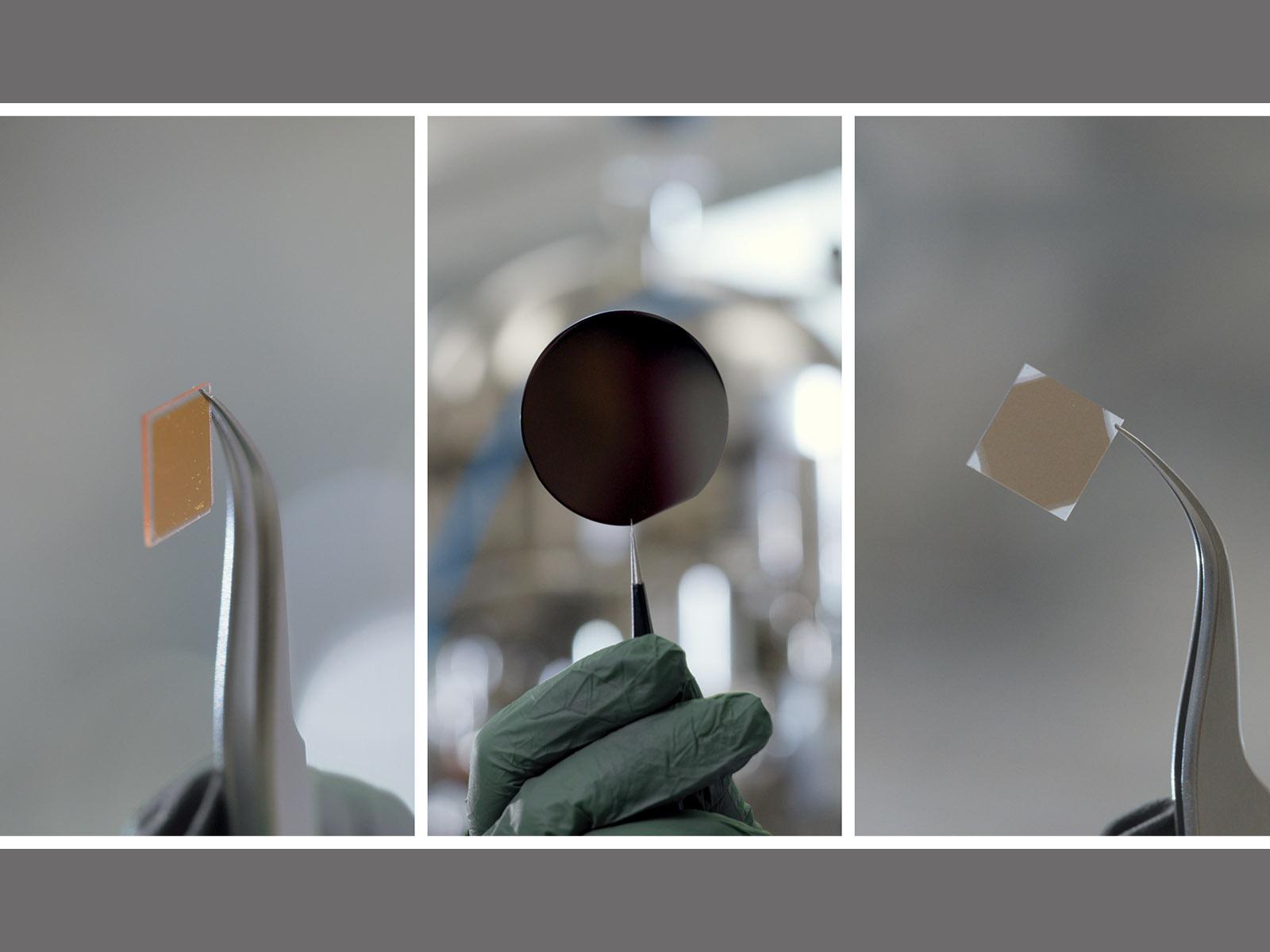
Answering Big Questions with Thin Oxide Films
Thin oxide films play an important role in electronics and energy storage. Researchers in PNNL’s film growth laboratory create, explore, and improve new thin oxide films.
Researchers create breakthrough spintronics manufacturing process that could revolutionize the electronics industry
University of Minnesota Twin Cities researchers, along with staff at the National Institute of Standards and Technology (NIST), have developed a breakthrough process for making spintronic devices that has the potential to create semiconductors chips with unmatched energy efficiency and storage for use in computers, smartphones, and many other electronics.
Neutrons reveal key to extraordinary heat transport
Warming a crystal of the mineral fresnoite, Oak Ridge National Laboratory scientists discovered that excitations called phasons carried heat three times farther and faster than phonons, the excitations that usually carry heat through a material.
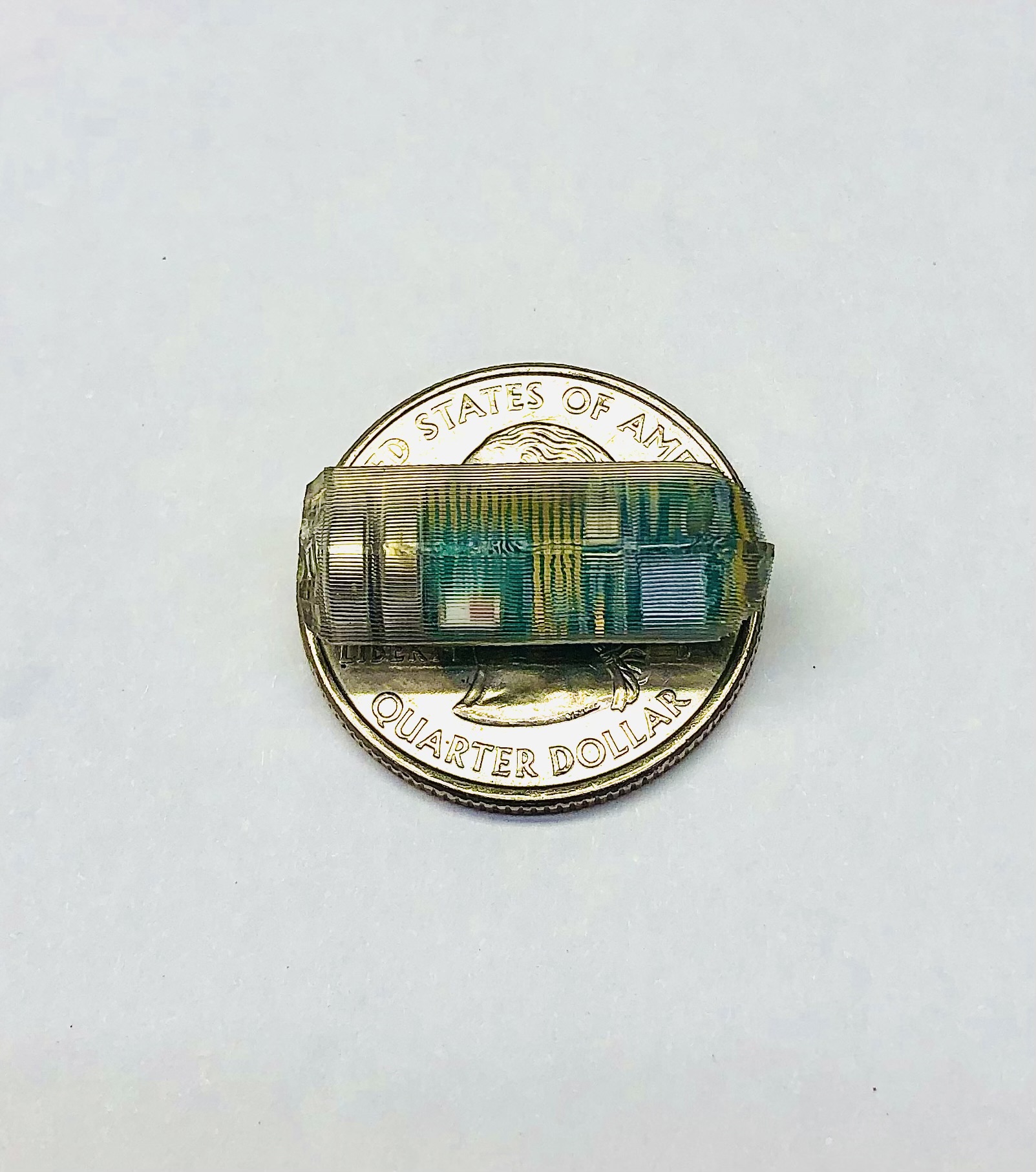
What’s your gut telling you?
In a study published in Nature Electronics, Khalil B. Ramadi, Assistant Professor of Bioengineering at NYU Tandon School of Engineering, revealed that he and a team of collaborators at MIT and Caltech have developed a tiny pill-like electromagnetic device that, once swallowed, could provide medical professionals a diagnostic window into the inner workings of the gastrointestinal (GI) tract.
Chemists design brand-new kind of nanomaterial
Scientists developed a way to make carbon-based molecules with a unique structural feature: interlocking rings.
Two UCI researchers named fellows by the National Academy of Inventors
Irvine, Calif., Dec. 8, 2022 — The National Academy of Inventors has named two University of California, Irvine researchers as fellows for 2022. Philip Felgner, a pioneer in the development of lifesaving mRNA vaccines, and Payam Heydari, a prolific creator of cutting-edge microelectronics technologies, were both recognized for inventions that have made tangible impact on quality of life, economic development and the welfare of society.
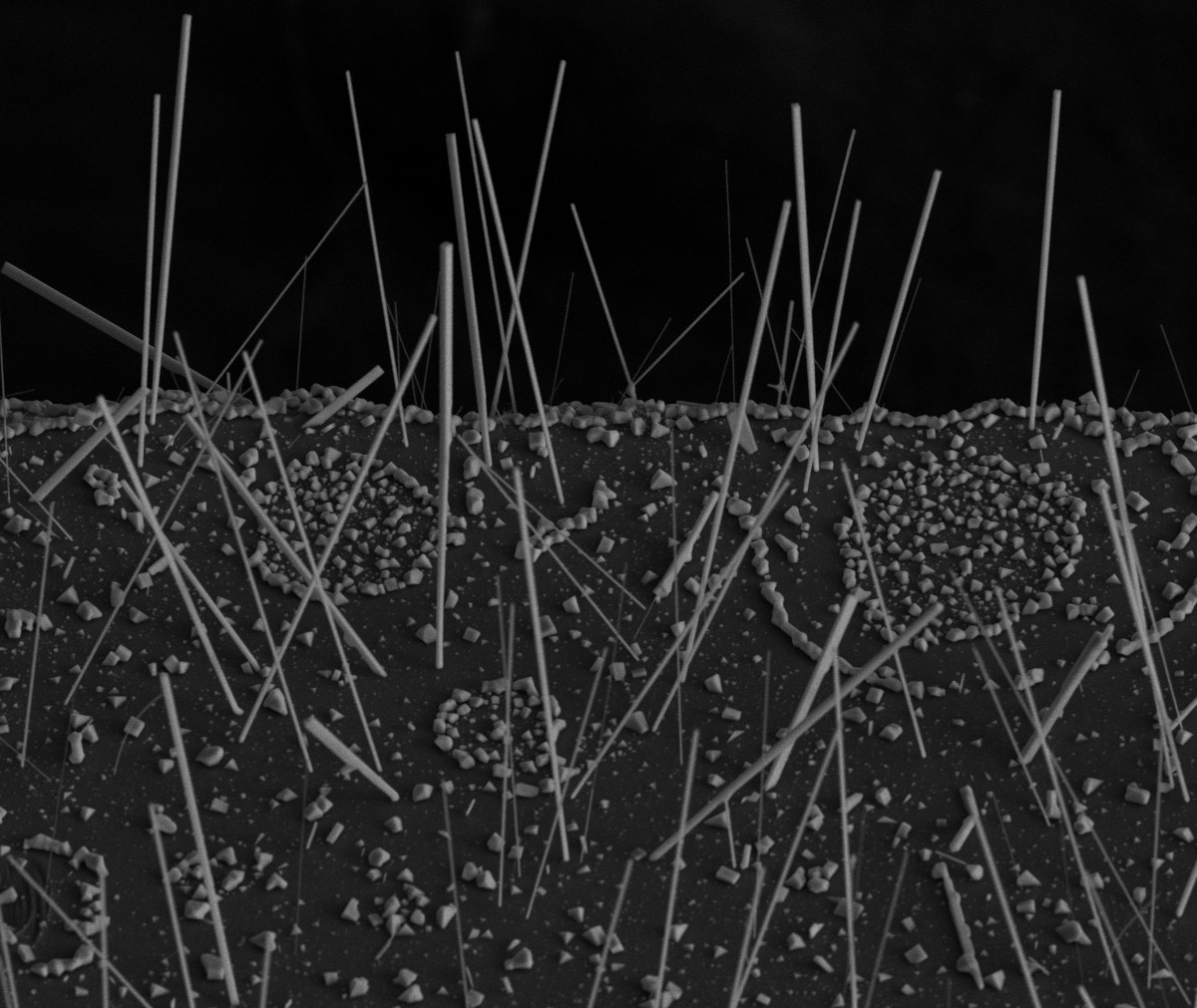
Scientists Grow Lead-Free Solar Material With a Built-In Switch
A lead-free solar material developed by Berkeley Lab scientists offers a simpler and more sustainable approach to solar cell manufacturing. The advance could also benefit halide perovskites, a promising solar technology that requires much less energy to manufacture than silicon.

Researchers recycle CDs into flexible biosensors
New research from Binghamton University, State University of New York offers a second life for CDs: Turn them into flexible biosensors that are inexpensive and easy to manufacture.
The Best Semiconductor of Them All?
Silicon is one of the most abundant elements on Earth, and in its pure form the material has become the foundation of much of modern technology, from solar cells to computer chips. But silicon’s properties as a semiconductor are far from ideal.

It’s Only Natural: Separation And Purification Of Rare-Earth Elements By Microorganisms
Using naturally occurring and engineered proteins and bacteria, Lawrence Livermore National Laboratory (LLNL) scientists and collaborators will separate and purify rare-earth elements so they can be used in the defense sector.
Ultrathin fuel cell uses the body’s own sugar to generate electricity
Glucose is the sugar we absorb from the foods we eat. It is the fuel that powers every cell in our bodies. Could glucose also power tomorrow’s medical implants?
Latest Development of Meta-Devices: From Sensing and Imaging to Quantum Optical Chip
Professor Din-Ping Tsai, the Chair Professor of the Department of Electrical Engineering at the City University of Hong Kong (CityU), gave an online talk as part of the Hong Kong Institute for Advanced Study (HKIAS) Distinguished Lecture Series on Electronics and Photonics on 30 March 2022, titled “Meta-Devices: From Sensing and Imaging to Quantum Optical Chip”. Professor Hon Yan, Wong Chun Hong Professor of Data Engineering was the moderator.
Q&A: Making Earth-friendly electronics
April 21, 2022 The very components that make electronics fast and easy to use also make their disposal an environmental nightmare. Components of smartphones, computers and even kitchen appliances contain heavy metals and other compounds that are toxic to us…
Quantum physics sets a speed limit to electronics
How fast can electronics be? When computer chips work with ever shorter signals and time intervals, at some point they come up against physical limits.
Creating solar cells and glass from wood – or a billion tons of biowaste
A digital, urbanised world consumes huge amounts of raw materials that could hardly be called environmentally friendly. One promising solution may be found in renewable raw materials, according to research published in Advanced Materials.
LED Material Shines Under Strain
A team led by researchers at Lawrence Berkeley National Laboratory (Berkeley Lab) and UC Berkeley has demonstrated an approach for achieving LEDs with near 100% light-emission efficiency at all brightness levels.
Finding new types of 2D material defects could enable better electronics
The discovery of new types of defects in 2D materials may lead to the creation of new ultra-compact electronic devices.
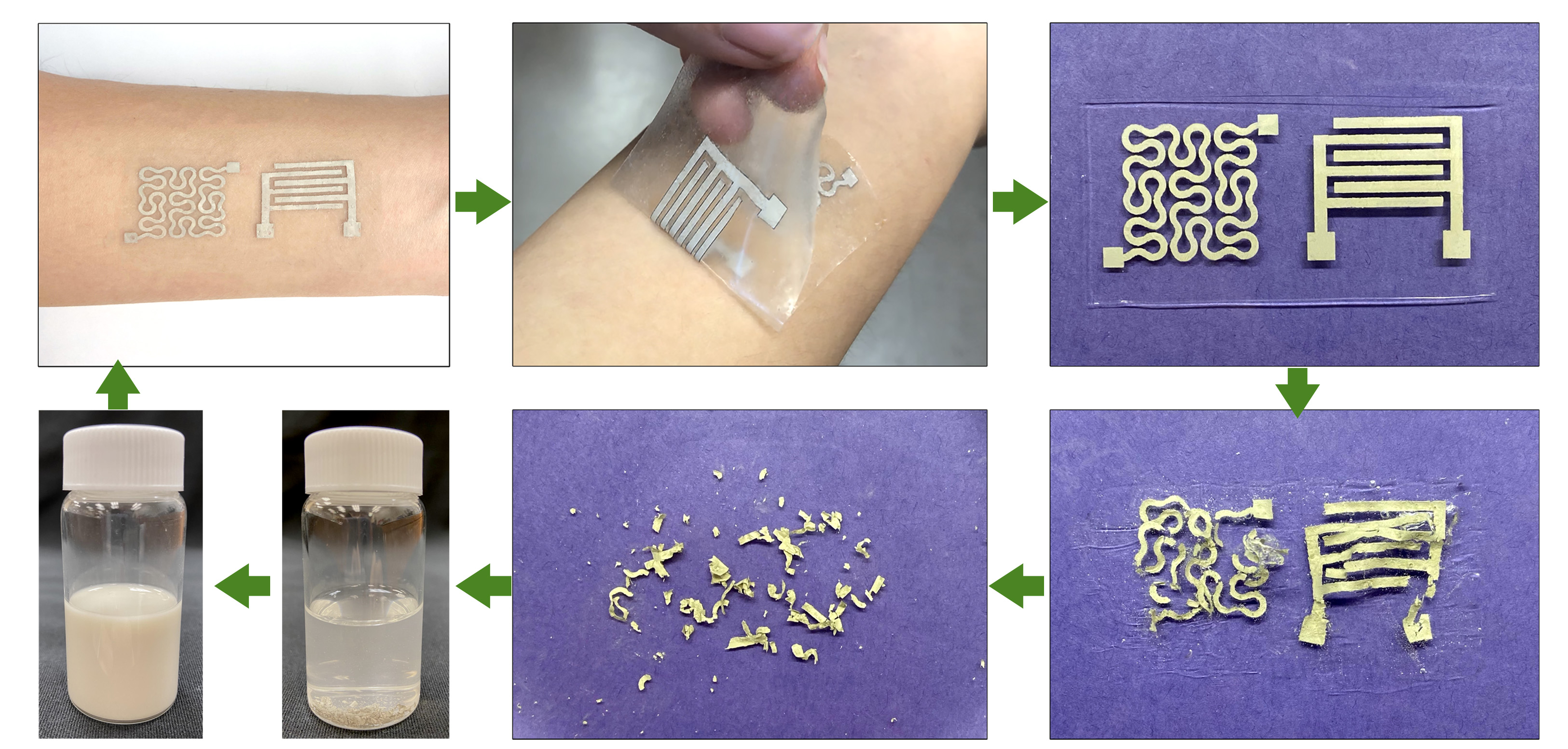
Researchers Demonstrate Technique for Recycling Nanowires in Electronics
Researchers have demonstrated a low-cost technique for retrieving nanowires from electronic devices that have reached the end of their utility and then using those nanowires in new devices. The work is a step toward more sustainable electronics.
Main Attraction: Scientists Create World’s Thinnest Magnet
Scientists at Berkeley Lab and UC Berkeley have created an ultrathin magnet that operates at room temperature. The ultrathin magnet could lead to new applications in computing and electronics – such as spintronic memory devices – and new tools for the study of quantum physics.
This crystal impurity is sheer perfection
Scientists at Berkeley Lab and UC Berkeley have developed a nanoparticle composite that grows into 3D crystals. The new 3D-grown material could speed up production and eliminate errors in the mass manufacturing of nanoscale photonics for smart buildings or actuators for robotics.

Physicists Achieve Significant Improvement in Spotting Accelerator-produced Neutrinos in a Cosmic Haystack
Scientists demonstrate how ground-breaking image reconstruction and analysis algorithms filter out cosmic ray tracks in the MicroBooNE neutrino detector to pinpoint elusive neutrino interactions with unprecedented clarity.
A silver lining for extreme electronics
Tomorrow’s cutting-edge technology will need electronics that can tolerate extreme conditions. That’s why a group of researchers led by Michigan State University’s Jason Nicholas is building stronger circuits today. Nicholas and his team have developed more heat resilient silver circuitry with an assist from nickel. The team described the work, which was funded by the U.S. Department of Energy Solid Oxide Fuel Cell Program, on April 15 in the journal Scripta Materialia. The types of devices that the MSU team is working to benefit — next-generation fuel cells, high-temperature semiconductors and solid oxide electrolysis cells — could have applications in the auto, energy and aerospace industries.
Battery parts can be recycled without crushing or melting
Researchers at Aalto University have discovered that electrodes in lithium batteries containing cobalt can be reused as is after being newly saturated with lithium. In comparison to traditional recycling, which typically extracts metals from crushed batteries by melting or dissolving them, the new process saves valuable raw materials, and likely also energy.
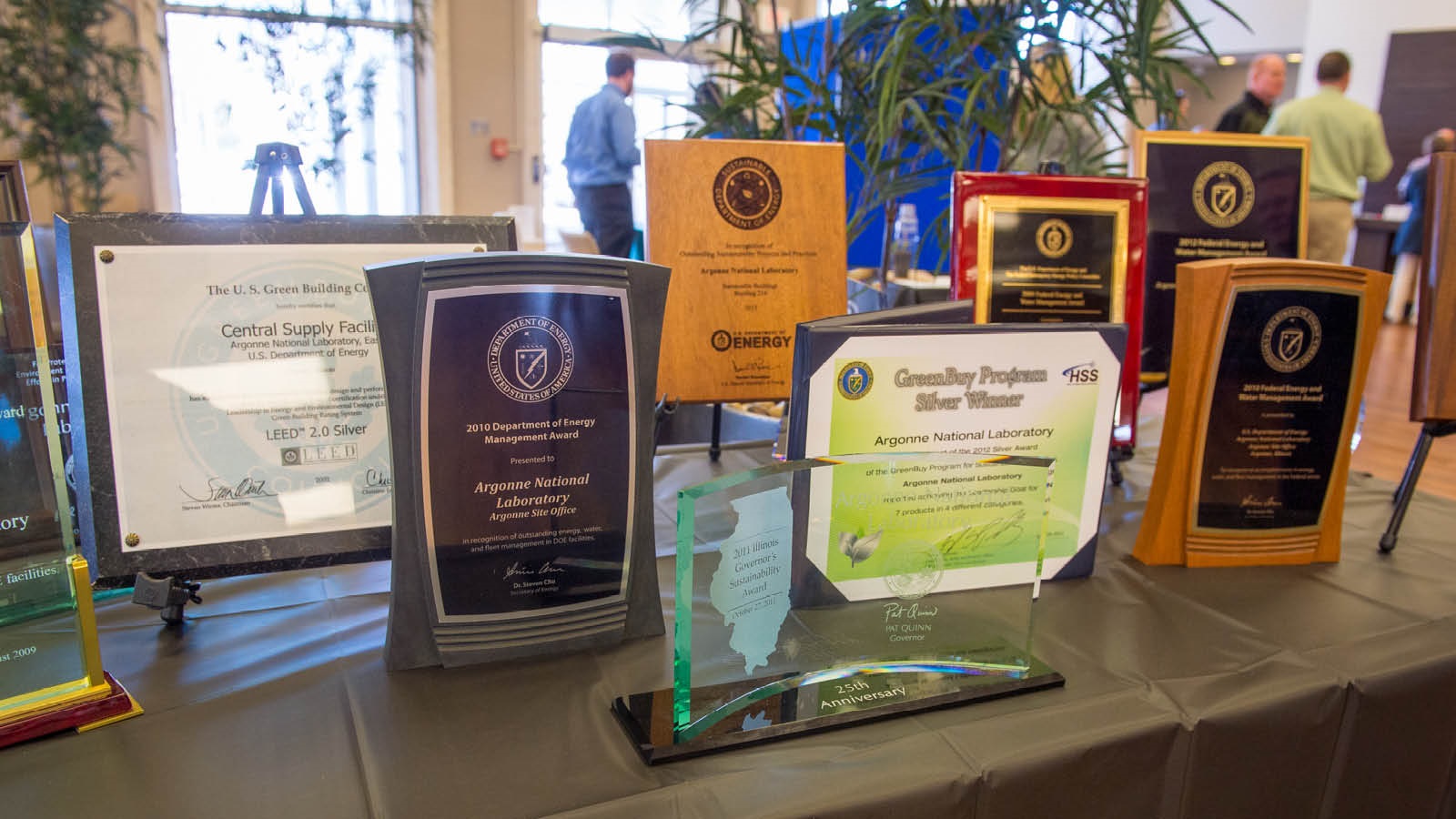
Argonne’s 2021 Maria Goeppert Mayer Fellows bring new energy, promise to their fields
The Department of Energy’s Argonne National Laboratory is proud to welcome five new FY21 Maria Goeppert Mayer Fellows to campus, each chosen for their incredible promise in their respective fields.
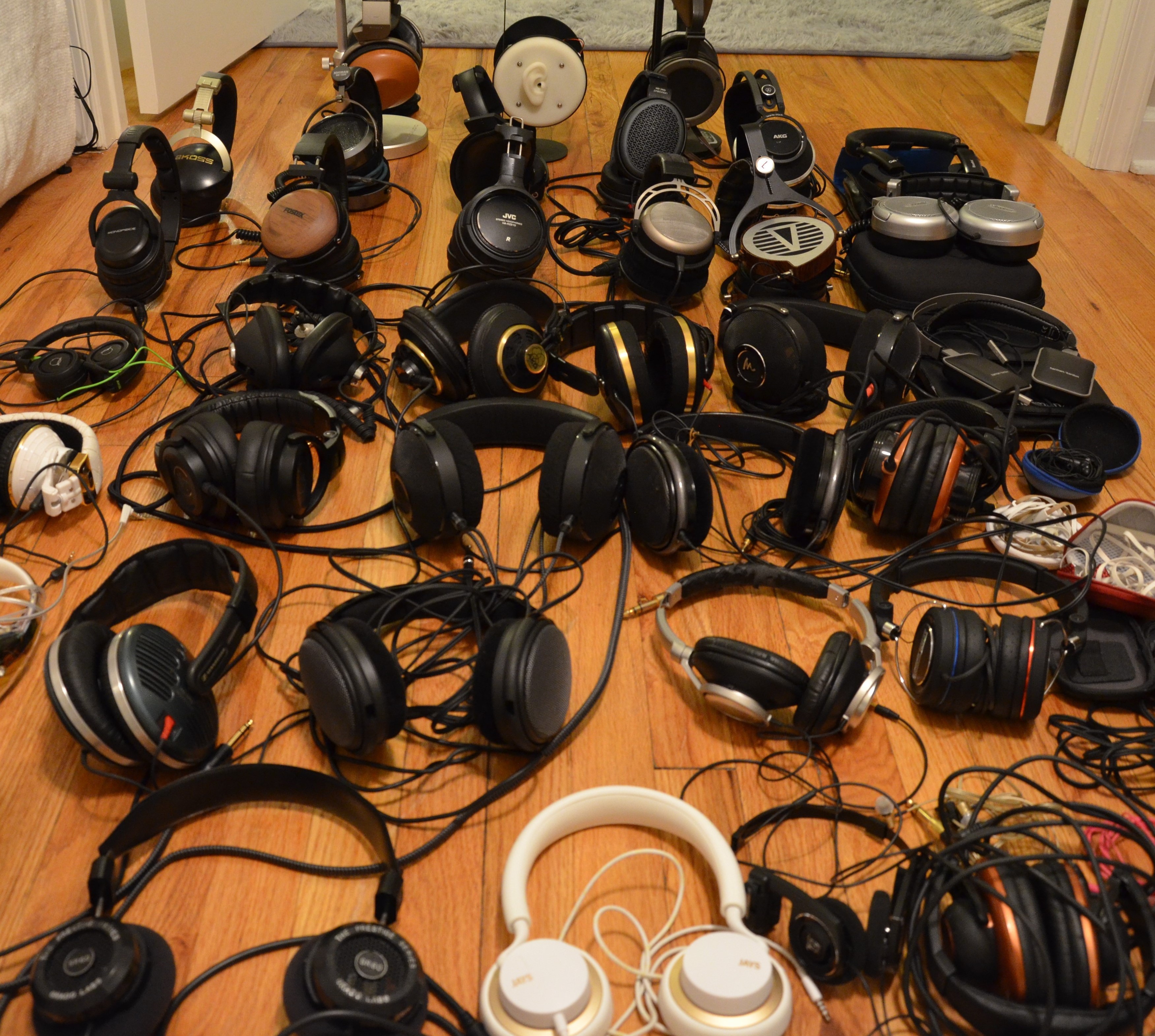
How to Make All Headphones Intelligent
How do you turn “dumb” headphones into smart ones? Rutgers engineers have invented a cheap and easy way by transforming headphones into sensors that can be plugged into smartphones, identify their users, monitor their heart rates and perform other services. Their invention, called HeadFi, is based on a small plug-in headphone adapter that turns a regular headphone into a sensing device. Unlike smart headphones, regular headphones lack sensors. HeadFi would allow users to avoid having to buy a new pair of smart headphones with embedded sensors to enjoy sensing features.
Researchers create ‘beautiful marriage’ of quantum enemies
Cornell University scientists have identified a new contender when it comes to quantum materials for computing and low-temperature electronics.
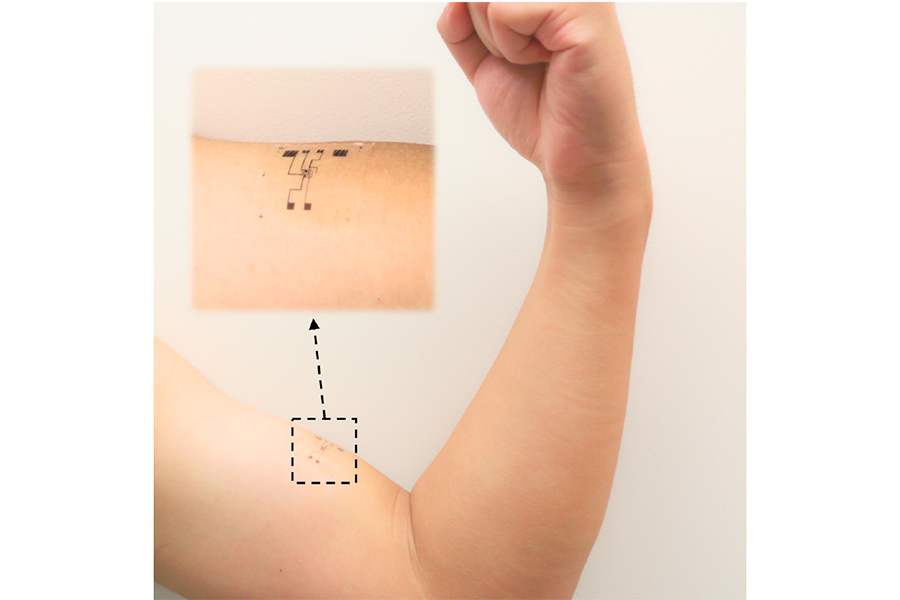
UChicago scientists design stretchable electronics, perform better under strain
Recent technological advances have made stretchable sensors possible, but their changes in shape can affect the data produced, and many sensors cannot collect and process the body’s faintest signals. A new sensor design from the Pritzker School of Molecular Engineering (PME) at the University of Chicago helps solve that problem.
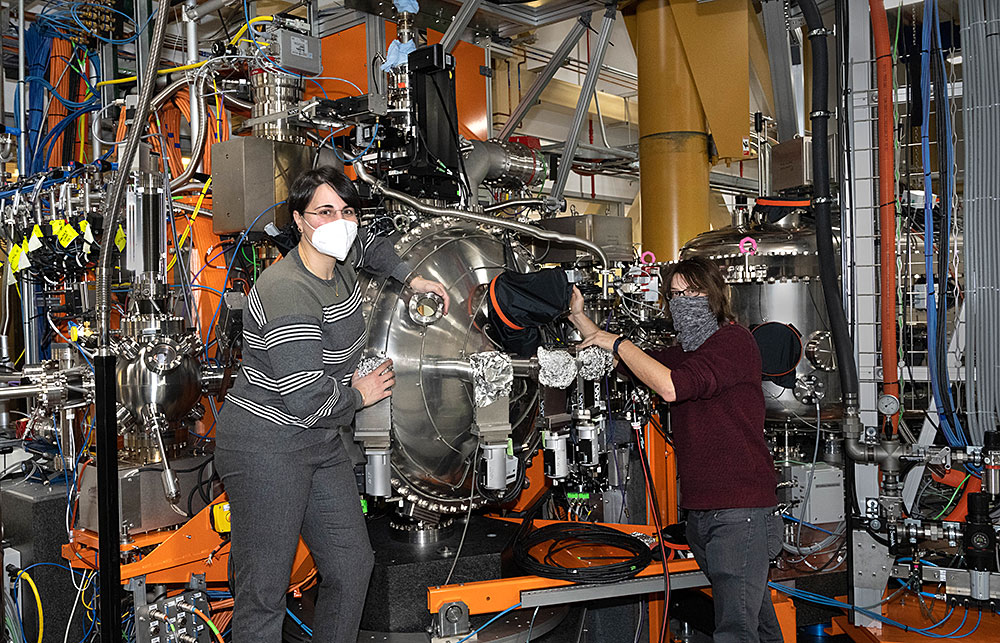
Scientists Streamline Process for Controlling Spin Dynamics
UPTON, NY—Marking a major achievement in the field of spintronics, researchers at the U.S. Department of Energy’s (DOE) Brookhaven National Laboratory and Yale University have demonstrated the ability to control spin dynamics in magnetic materials by altering their thickness. The study, published today in Nature Materials, could lead to smaller, more energy-efficient electronic devices.
Remote Work Suits Jefferson Lab Technical Designer
The COVID-19 pandemic has turned workplaces everywhere upside down, prompting countless brainstorming sessions on how to make work environments safer or whether jobs might be done just as well from home. Jefferson Lab technical designer Mindy Leffel says working from home during the pandemic has been a learning process, but has only motivated her to prove herself.
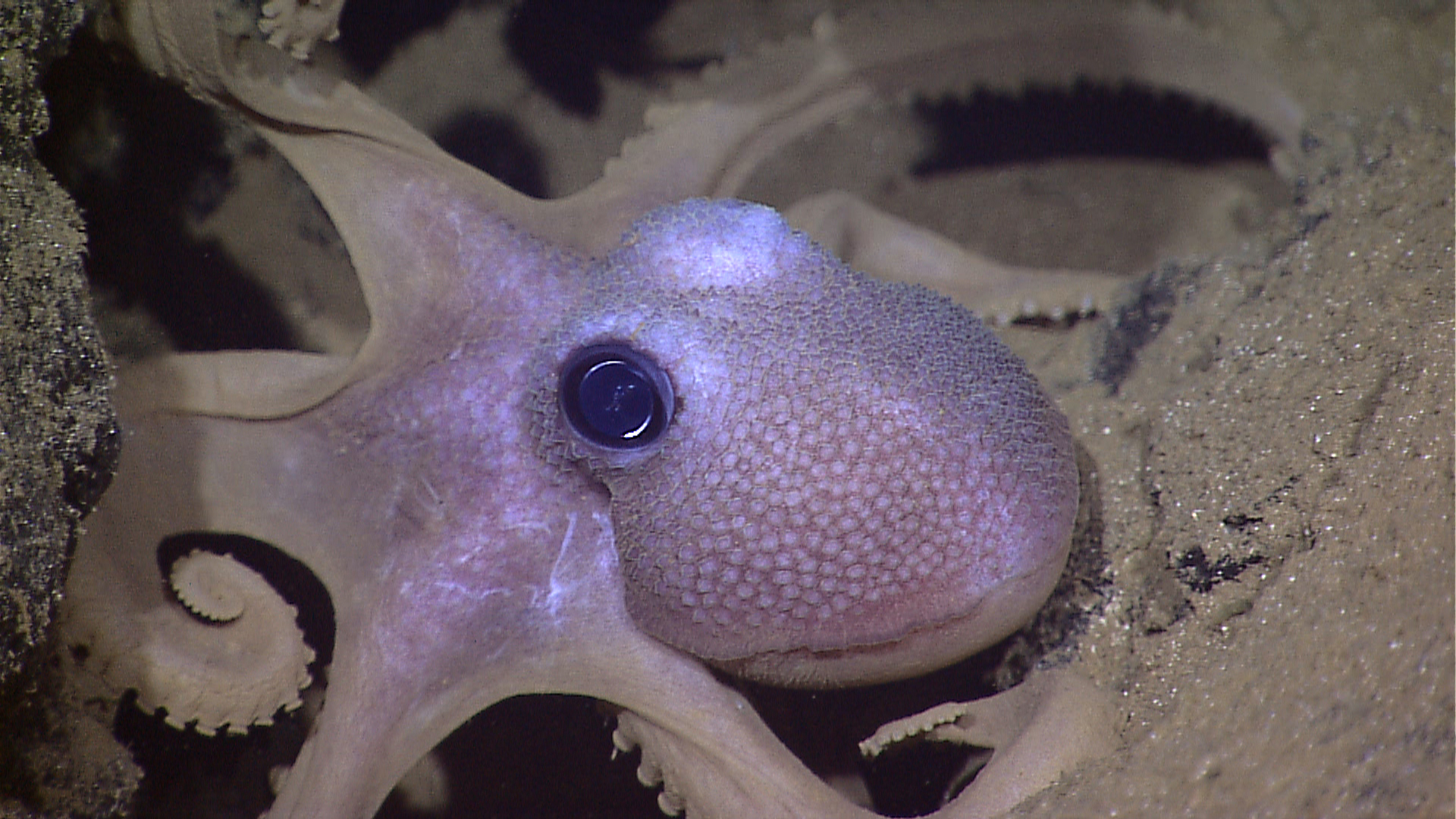
3D-Printed Smart Gel Changes Shape When Exposed to Light
Inspired by the color-changing skin of cuttlefish, octopuses and squids, Rutgers engineers have created a 3D-printed smart gel that changes shape when exposed to light, becomes “artificial muscle” and may lead to new military camouflage, soft robotics and flexible displays. The engineers also developed a 3D-printed stretchy material that can reveal colors when light changes, according to their study in the journal ACS Applied Materials & Interfaces.
Nikhil Tiwale: Practicing the Art of Nanofabrication
Applying his passions for science and art, Nikhil Tiwale—a postdoc at Brookhaven Lab’s Center for Functional Nanomaterials—is fabricating new microelectronics components.
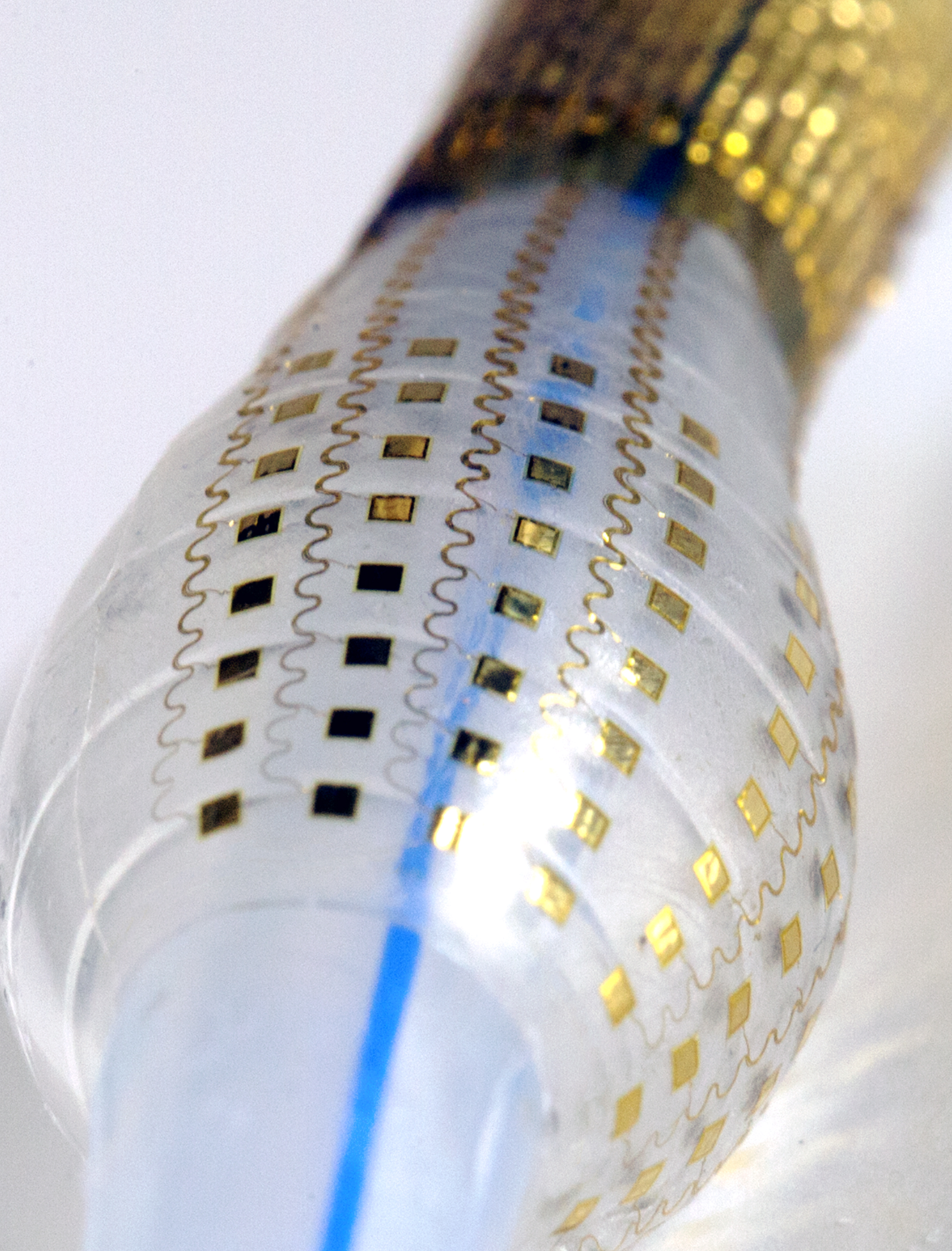
New Surgical Tools with Smart Sensors Can Advance Cardiac Surgery and Therapy
Researchers developed a new class of medical instruments equipped with an advanced soft electronics system that could dramatically improve the diagnoses and treatments of a number of cardiac diseases and conditions.